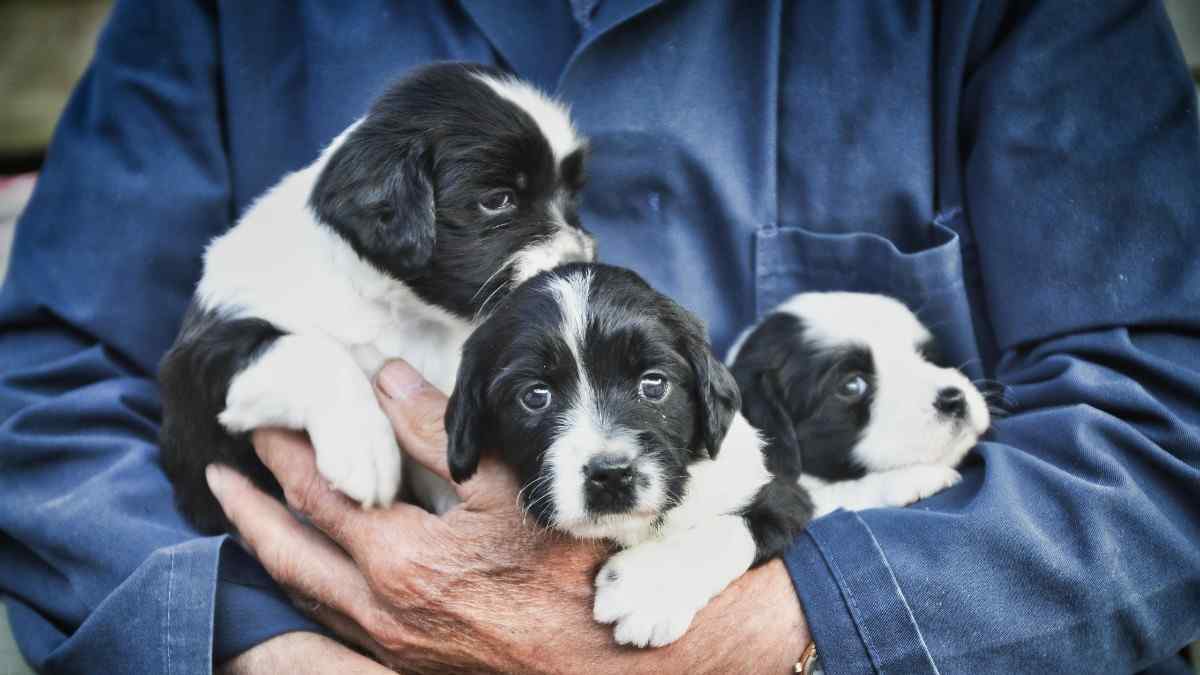In the Philippines, dog ownership transcends mere companionship; it encapsulates a cultural phenomenon deeply woven into the social fabric of Filipino life. The allure of specific dog breeds permeates cities and provinces alike, breeding an attachment that reflects not only personal preferences but also cultural identity. This article endeavors to explore the popular dog breeds in the Philippines, elucidating the reasons behind their prevalence and the cultural underpinnings of this fascination.
The Philippines, with its rich tapestry of cultural influences, reveals a diverse inclination toward various dog breeds, each resonant with local values, sociopolitical contexts, and environmental considerations. Among the melange of canines, the most renowned breeds include the Aspin, Shih Tzu, Labrador Retriever, Poodle, and Dachshund. Each breed’s popularity is a testament to specific societal preferences, reflecting deeper aspects of Filipino culture.
The Aspin, or “Asong Pinoy,” stands as an unofficial national dog. This indigenous breed exemplifies resilience and adaptability, thriving in various Philippine environments. The Aspin’s unpretentiousness aligns closely with the Filipino ethos of valuing simplicity and practicality. Moreover, this breed symbolizes a connection to local heritage and encourages a sense of pride in native breeds, fostering a cultural movement toward recognition and conservation.
In stark contrast, the Shih Tzu finds its roots in imperial China, embodying luxury and status. Its increasing popularity in urban settings is indicative of a burgeoning middle class eager to embrace modernity while maintaining ties to global trends. The breed’s luxurious coat and captivating demeanor appeal to Filipinos who appreciate aesthetics as well as companionship. This inclination towards breeds such as the Shih Tzu may reflect broader societal aspirations, encapsulating the desire for a lifestyle that harmonizes tradition and contemporary influences.
The Labrador Retriever, an epitome of versatility, has seen a significant rise in adoration within the archipelago. Known for its amiable disposition, intelligence, and unwavering loyalty, the Labrador makes for an exemplary family pet—a fitting symbol of Filipino familial values. Furthermore, its suitability for various roles such as guide dogs, therapy animals, and search-and-rescue companions showcases the breed’s multifaceted nature. This adaptability mirrors the Filipino spirit of resilience and resourcefulness, suggesting that the bond between humans and dogs transcends mere companionship and hints at symbiotic interdependence.
On the other hand, Poodles, with their striking intelligence and trainability, cater to an emerging demographic that values both companionship and a certain prestige in pet ownership. The dog’s hypoallergenic qualities and compatibility with urban living resonate with the lifestyle of city dwellers, particularly those residing in high-density residential areas. The fascination with the Poodle can be seen as reflective of broader socio-economic dynamics, as pet owners endeavor to embrace a lifestyle that combines affluence with practicality.
Lastly, the Dachshund, often affectionately called the “wiener dog,” captivates many with its unique characteristics and endearing temperament. This breed’s distinctive physique and spirited personality resonate with Filipino sensibilities, often evoking a sense of joy and playfulness. The Dachshund’s seemingly whimsical nature aligns well with the Filipino penchant for humor and light-heartedness, further contributing to its popularity.
While individual preferences for dog breeds can often be attributed to aesthetics or temperament, a more profound analysis reveals underlying cultural motivators. The Philippines’ socio-cultural landscape has shifted dramatically over the years, influenced by globalization, urbanization, and a growing middle class. As notions of what constitutes a “good pet” evolve, so too does the desire for breeds that reflect these changing values.
It is essential to recognize the influence of social media and the internet in shaping perceptions of dog breeds. Exposure to diverse breeds through online platforms has led to an increased desire for exotic pets, thereby altering traditional views on canine companionship. This phenomenon underscores a shift toward cosmopolitan sensibilities, where having a particular breed is not purely a matter of functionality but also of identity—reflecting a conscious choice and admiration for breed-specific traits.
Moreover, the relationship between popular dog breeds and cultural relativism has emerged, as one observes how specific breeds become emblematic of broader socio-economic narratives. Dogs are not merely pets; they inhabit roles shaped by local cultural narratives, enhancing the kinship between humans and animals. Every breed endorsed within the Philippines serves as a microcosm of wider cultural interactions, inviting exploring sociological questions surrounding status, identity, and community.
This cultural relativism perspective ultimately provides insights into how dog breeds are perceived and embraced within the Philippines. While certain breeds are revered or idealized in various contexts, the diversity of preferences reflects a mosaic of cultural values and collective identity. The phenomenon of dog ownership in the Philippines, therefore, transcends individual aspirations to reveal communal tendencies, valorizing authenticity while accommodating global impressions.
In conclusion, the exploration of popular dog breeds within the context of Filipino culture unveils a complex interplay of values, trends, and influences. The interplay between indigenous and foreign breeds, and the ever-evolving perceptions surrounding them, influences how dog ownership is conceptualized by local pet lovers. As this intricate relationship continues to develop, it signals a dynamic movement—one that embraces historical roots while fostering connections to contemporary global culture.
